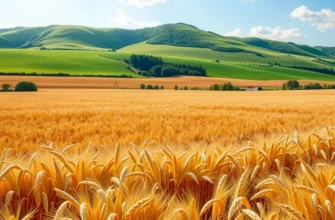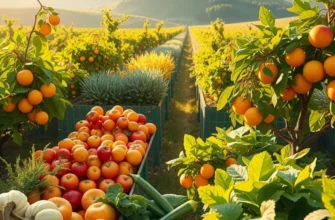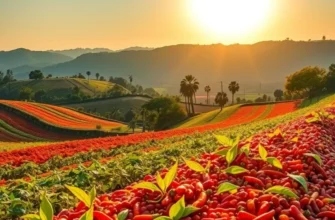Dairy has woven itself into the fabric of cuisine across cultures, reflecting unique flavors, traditions, and historical narratives. From creamy cheeses to tangy yogurts, dairy products are much more than a food group; they embody regional practices and stories that have endured for generations. This exploration invites food enthusiasts and culturally-curious readers to delve into the rich culinary heritage of dairy, shedding light on how these time-honored practices continue to shape our plates today.
Cheese: The Art of Curd and Culture
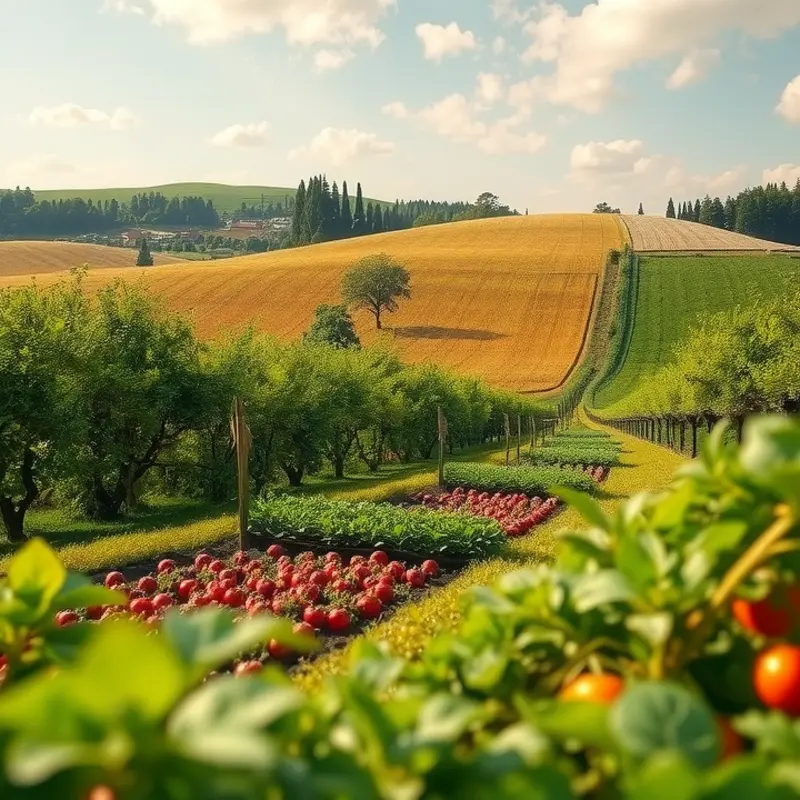
Cheese-making stands as a testament to human inventiveness, with roots that dig deep into ancient history. As soon as humans began domesticating animals, they discovered the magic of turning milk into cheese. This transformation relies on controlled spoilage, harnessing bacteria and enzymes to create something entirely new—an alchemy of sorts.
The journey of cheese spans various corners of the globe, each defining its unique methods and flavors. Let us begin in France, where cheese isn’t just food; it’s a way of life. French Brie, creamy and decadent, traces its lineage back to the Middle Ages. Crafted from cow’s milk and encased in a soft white rind, Brie embodies the balance of richness and subtlety the French adore. The process starts with fresh milk, to which rennet is added, causing it to curdle. Once the curds are drained and molded, they mature, developing into the characteristic Brie with its soft interior.
Crossing the Alps into Italy, we uncover the culinary heritage of Parmigiano-Reggiano. This cheese, often referred to as the ‘King of Cheeses,’ originates from the Parma and Reggio Emilia regions. It’s aged for a minimum of 12 months, though the most revered varieties can mature for years. The key to its flavor lies in grass-fed cow’s milk, which imbues the cheese with a nutty, complex profile. Parmigiano-Reggiano involves careful cooking and turning of the curd, ensuring a granular texture perfect for grating over pasta or enjoying with a simple drizzle of balsamic.
Travel further east, and the story of cheese continues to evolve. In India, cheese takes the form of paneer, a staple in many households. Unlike its European counterparts, paneer does not age. It’s made from curdling milk with a food acid like lemon juice or vinegar. The process is straightforward: bring milk to a boil, add the acid, then drain and press the curds. Paneer is celebrated for its versatility, often used in vegetarian curries, grilled in tandoors, or served with vibrant spices.
These cheeses not only represent culinary crafts, but they also carry cultural significance. Cheese-making intertwines with tradition, economy, and community. It’s fascinating to note how these diverse practices mirror local climates, livestock, and cultural preferences. From Brie’s French terroir to the storied lands of Italian Parmigiano, cheese embodies its origin.
As the love for cheese spreads globally, new practices merge with old traditions. This renaissance encourages modern palates to cherish heritage while exploring new tastes. Cheese-making remains a core facet of culinary globalization, connecting people across tables and borders alike.
To explore more about the intersection of traditions and modern innovations in food, delve into the culinary influences of trade and discover how these persevering exchanges continue to shape and redefine our plates.
Fermentation Wonders: Yogurts and Beyond
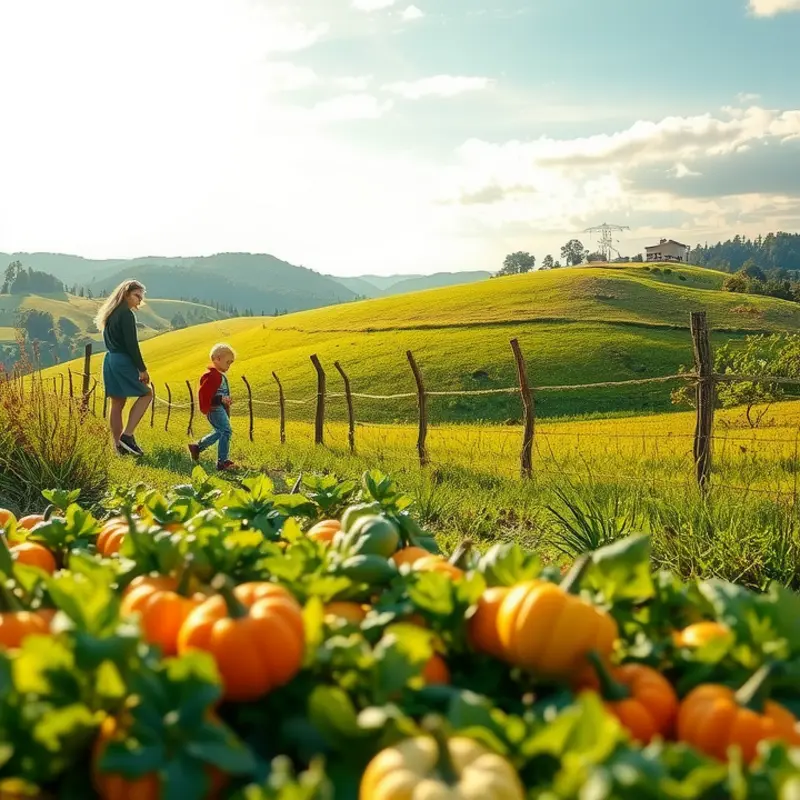
The art of fermentation has been transforming milk into delectable, probiotic-rich foods for centuries, weaving itself deeply into culinary traditions worldwide. Fermented dairy products not only offer tantalizing flavors and textures but also contribute to gut health, providing a symbiotic relationship between food and well-being.
Creamy Greek Yogurt
Greek yogurt is celebrated for its thick, creamy texture and distinctive tangy flavor. It undergoes a unique straining process that removes excess whey, resulting in a product higher in protein and lower in carbohydrate content than regular yogurt. Traditionally, Greek yogurt serves as the base for tzatziki, a beloved Mediterranean sauce enriched with cucumber and garlic, perfect for pairing with grilled meats or pita bread.
Beyond tradition, Greek yogurt shines in modern gastronomy. Chefs frequently incorporate it into desserts, breakfast bowls, and even as a healthier substitution for sour cream in various global dishes. Its culinary versatility is matched by its nutritional profile, rich in probiotics, which supports digestive health.
Labneh: The Middle Eastern Marvel
In Middle Eastern cuisine, labneh is the go-to spread. Made by straining yogurt further than its Greek counterpart, labneh boasts a cream cheese-like consistency. This spread is often drizzled with olive oil and sprinkled with za’atar, a fragrant spice blend, offering a flavorful accompaniment to flatbreads. Its simplicity allows it to balance the rich and bold flavors of dishes like shawarma and falafel.
Labneh’s popularity is growing beyond traditional uses. Creative chefs are now featuring it as a key component in cheese platters, often paired with fruits and nuts, showcasing its adaptability in both sweet and savory contexts.
Indian Dahi
Dahi, a staple in Indian cuisine, offers a mildly sour and refreshing taste, complementing the spices and heat commonly found in Indian dishes. It features prominently in cooling raita, a side dish that tempers the spiciness of curries, or as the base for kadhi, a savory yogurt-based curry seasoned with mustard seeds and curry leaves.
The role of dahi expands into beverages like lassi, a popular drink flavored with fruits or spices, and chaas, a spiced buttermilk often enjoyed after meals. These drinks not only enhance meals but also promote digestion, highlighting the dual role of fermented dairy in nutrition and gastronomy.
For those exploring non-dairy options while seeking probiotic benefits, a non-dairy probiotics guide can provide insights into alternative sources that complement traditional dairy choices.
The nuanced art of fermentation transforms milk into variations that delight the palate across cultures. Exploring these rich traditions reveals the integral role yogurt and its relatives play in both heritage and innovation in culinary arts.
Final words
The culinary heritage of dairy stretches far and wide, reflecting the diversity of global cultures. Each cheese, yogurt, and fermented product tells a story that connects us to the past and to each other. Embracing these centuries-old practices enriches our culinary experiences, allowing us to honor and sustain these traditions. As you navigate through recipes and inspire your culinary adventures, remember that dairy is not just a component; it’s an integral part of our shared cultural narrative. Explore the world of dairy, savor its flavors, and appreciate the traditions it represents.




